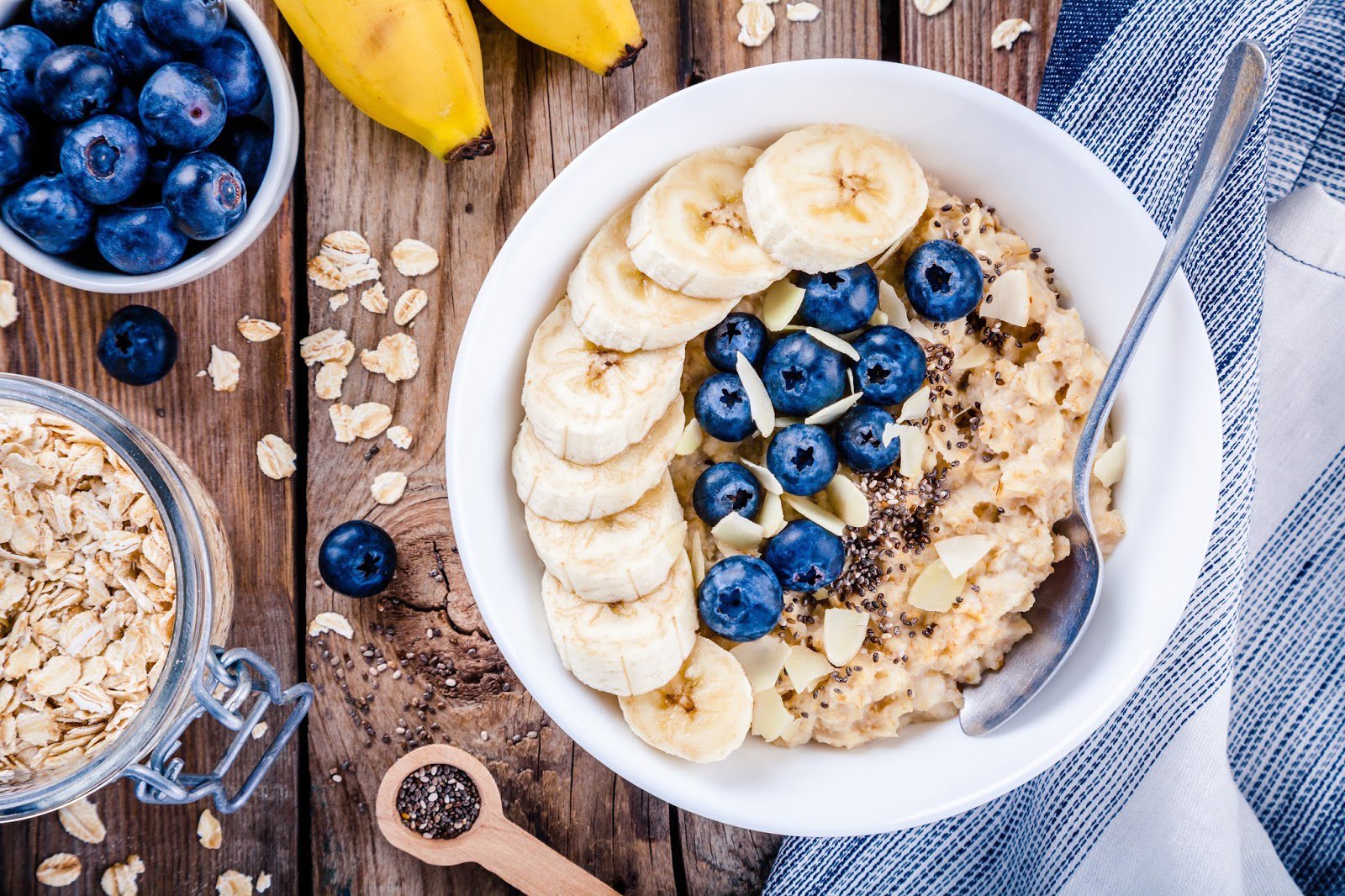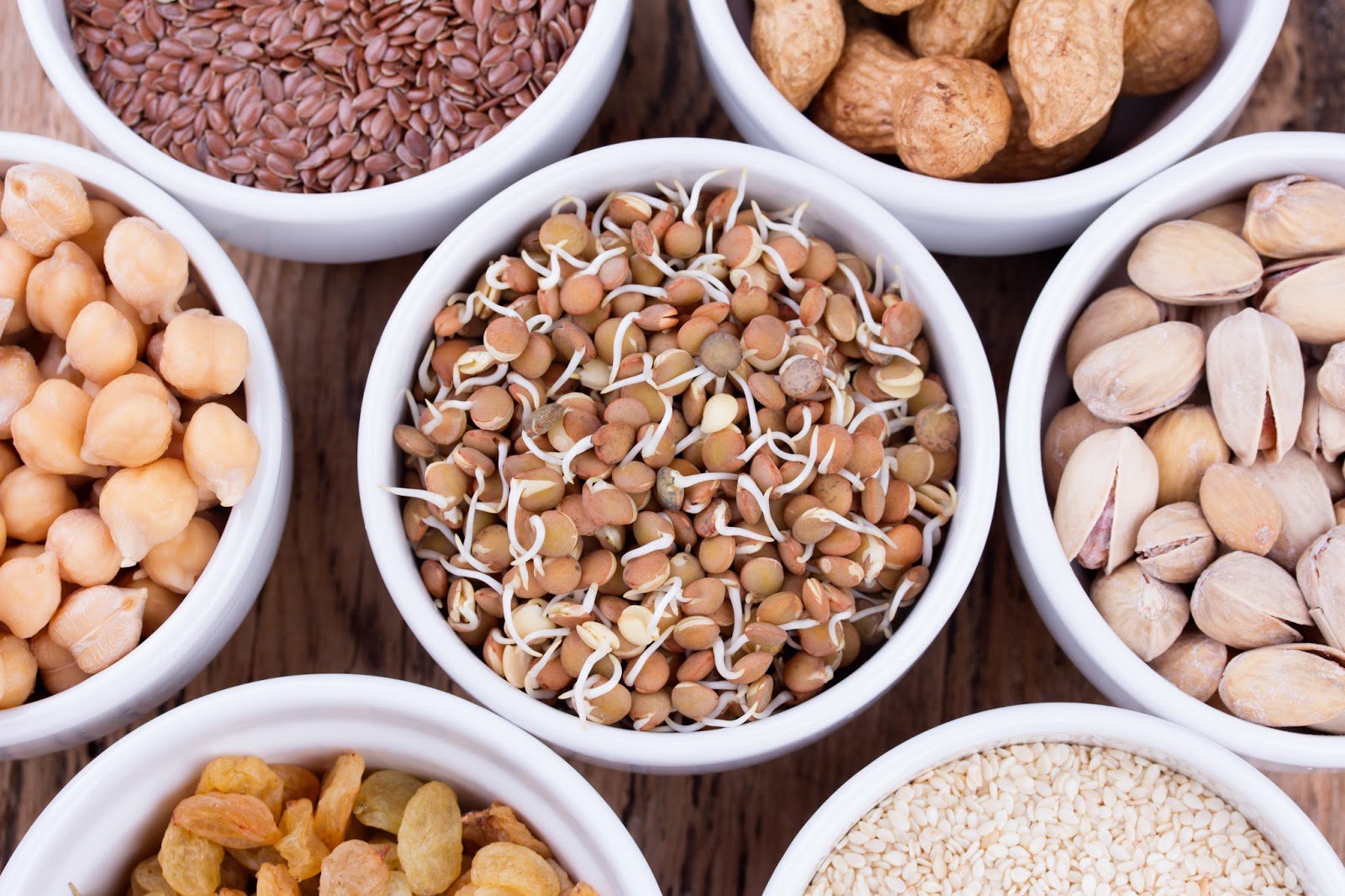
Eating enough fibre on a low FODMAP diet can be challenging, but did you know that getting the right mix of fibres is also important? Food is made up of different types of fibres, namely insoluble fibre, soluble fibre, and prebiotic fibres (including resistant starch).
These fibres serve different functions in the bowel and eating them in combination may promote different health benefits. Over the next few weeks we will discuss the different fibres types, including their function in the bowel and low FODMAP food sources. Let’s begin with soluble fibre.
Soluble fibre dissolves in water and forms a thick gel in our digestive tract. This slows gut transit time and helps us to feel fuller for longer. The gelatinous substance formed by soluble fibre also acts like a sponge during digestion, attracting fluid and softening stools to make it easier for waste to move through the bowel.
There are many health benefits associated with including soluble diet in your diet. Soluble fibre helps to stabilise blood glucose levels in people with diabetes. Soluble fibre may also lower levels of low density lipoprotein cholesterol (LDL-C), also known as bad cholesterol level. This may reduce risk of heart disease and bowel cancer. For those with constipation predominant IBS, including a variety of fibres in your daily diet can assist with maintaining regular bowel habits.
Soluble fibre is found in some vegetables and fruit, oats, lentils, legumes, nuts and seeds. Including small quantities of these foods may improve stool consistency, but avoid large quantities which may exacerbate symptoms.

Fibre supplements such as psyllium husks are also rich sources of soluble fibre. However, being fermentable, psyllium husks are tolerated by some people with IBS, but not all, so include in small doses initially and/or under the guidance of your dietitian.
Here are a few examples of foods you can trial in your diet to increase your soluble fibre intake: